Sam Gilliam stands as one of the most revolutionary artists in American history, transforming the landscape of abstract expressionism and redefining the role of Black artists in contemporary art. Throughout his prolific career, Gilliam broke artistic boundaries with his draped canvas paintings, pushing beyond the conventional use of the frame and challenging the rigid structures of traditional painting. His works, such as Light Depth (1969), Carousel State, and Lady Day II (1971), are celebrated for their expressive color, dynamic form, and rejection of artistic constraints.
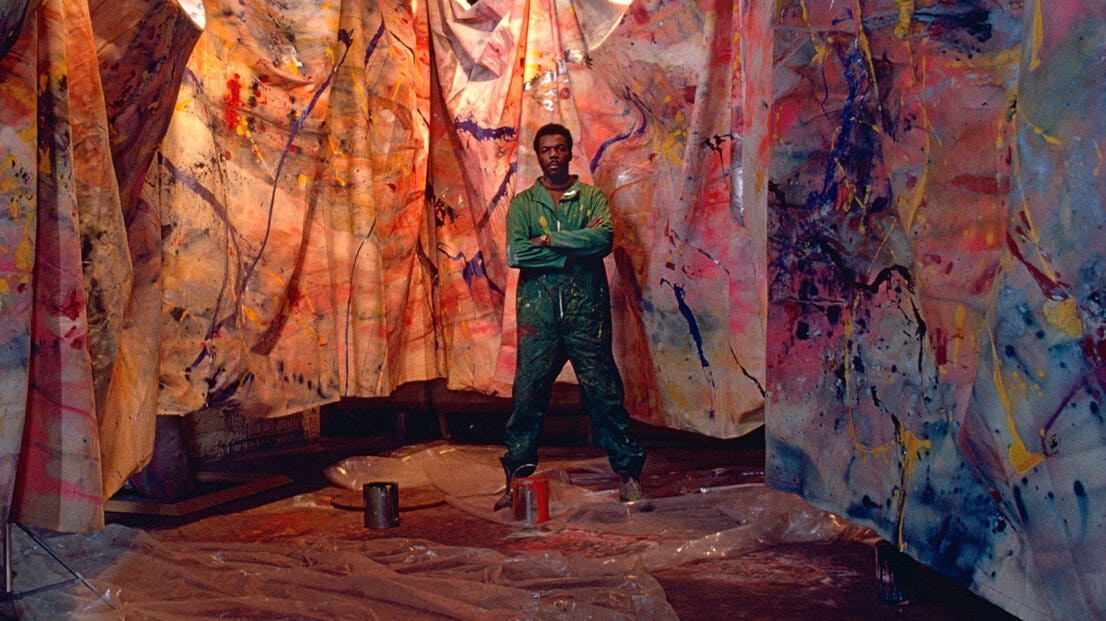
Beyond his artistic contributions, Gilliam’s work is deeply intertwined with the cultural and political struggles of the 20th and 21st centuries, offering a nuanced perspective on Black identity, freedom, and artistic innovation. At a time when the art world largely excluded Black artists from major movements, Gilliam asserted his place not through overt political imagery but through a radical redefinition of artistic form. His contributions have left an indelible mark on both Black culture and the broader art world, cementing his status as a visionary whose legacy continues to inspire new generations.
Born in Tupelo, Mississippi, in 1933, and raised in Louisville, Kentucky, Gilliam’s early years were shaped by the complexities of race and segregation in the Jim Crow South. Despite these challenges, he pursued his passion for art, earning an MFA from the University of Louisville in 1961. His artistic journey took a decisive turn when he moved to Washington, D.C., where he became associated with the Washington Color School. However, unlike many of his contemporaries, who adhered to strict geometric abstraction, Gilliam sought to push the boundaries of the movement.
Inspired by the civil rights movements of the 1960s, Gilliam sought new ways to express freedom, both politically and artistically. He began experimenting with draped canvases—what would become his signature style—by removing the traditional stretcher bars and allowing his paintings to flow and fold organically. This groundbreaking technique not only rejected rigid artistic conventions but also became a metaphor for liberation, mirroring the social upheavals of the era.
Gilliam’s work is distinguished by its bold use of color, improvisational form, and a deep engagement with materiality. His draped paintings, sometimes referred to as “suspended” or “beveled-edge” works, blurred the line between painting and sculpture, forcing viewers to interact with the art in new and dynamic ways.
One of his most famous pieces, Light Depth (1969), exemplifies this approach. By allowing the canvas to hang freely, the work becomes part of the space it inhabits, rather than a static object confined to a frame. The folds and drapes create an ever-changing composition, emphasizing movement and transformation. Carousel State continues this exploration, with billowing fabric cascading in a way that evokes both the rhythmic flow of jazz and the unpredictability of human expression.
Meanwhile, his stained and poured canvases, such as Lady Day II (1971) and Red April (1970), showcase his mastery of color dynamics. These works recall the influence of color field painters like Morris Louis and Helen Frankenthaler but possess a fluidity and depth that are uniquely Gilliam’s. The layering of paint, achieved through soaking and staining, creates a sense of organic spontaneity, reinforcing his belief that art should evolve freely rather than be constrained by preordained structures.
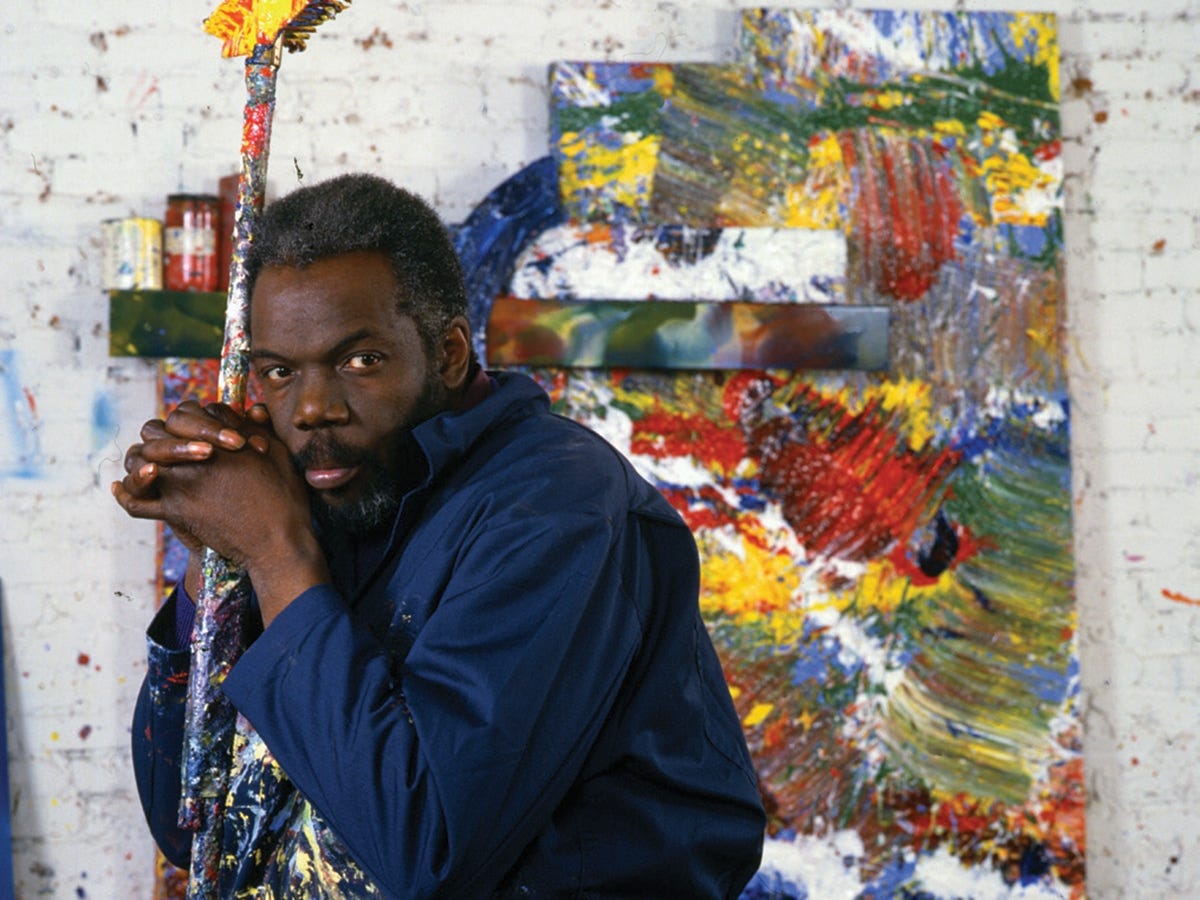
At a time when many Black artists felt pressure to produce explicitly political or figurative work, Gilliam’s decision to embrace abstraction was a powerful statement in itself. His art did not conform to societal expectations of Black expression but instead asserted that Black artists could exist within and expand any artistic movement. This resistance to artistic categorization allowed Gilliam to redefine the space Black artists could occupy in the art world.
His work carried an underlying message of freedom—freedom from oppression, freedom of artistic expression, and freedom to redefine cultural narratives. By pushing the boundaries of abstract art, he rejected the idea that Black artists should be confined to depictions of struggle and trauma, instead offering visions of boundless creativity and self-determination.
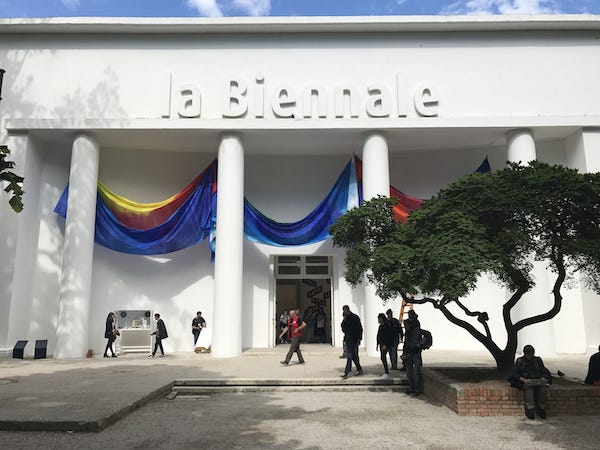
Moreover, Gilliam’s success in major art institutions was groundbreaking. In 1972, he became the first African American artist to represent the U.S. at the Venice Biennale, an achievement that challenged the exclusionary nature of the art world. His presence in prestigious exhibitions and collections helped pave the way for later generations of Black artists to gain recognition in mainstream art spaces.
Gilliam’s contributions to contemporary art extend far beyond his own creations. His influence can be seen in the works of younger Black artists who continue to explore abstraction, materiality, and spatial engagement. His legacy challenges artists to think beyond the canvas, to view art as an evolving, interactive process rather than a static object.
In recent years, his works have been reexamined in major retrospectives, reaffirming his position as a visionary whose innovations remain as relevant as ever. His impact extends to the realms of sculpture, installation art, and even fashion, where the interplay of color and form continues to inspire creative disciplines beyond painting.
The significance of Gilliam’s work in today’s world is profound. In an era where discussions around representation and artistic freedom are at the forefront, his career serves as a testament to the power of self-determination. His ability to merge experimentation with cultural resonance makes him not just an artist of his time but an enduring force in the evolution of contemporary art.
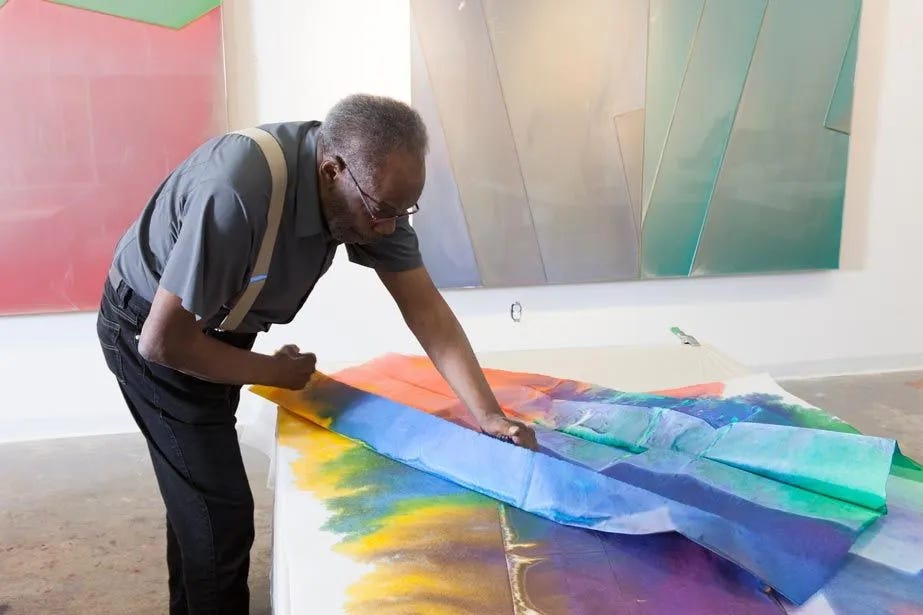
Sam Gilliam’s art is more than a visual experience—it is an act of defiance, a challenge to convention, and an ever-unfolding dialogue on the nature of freedom. His groundbreaking draped canvases and his fearless embrace of abstraction have redefined the possibilities of painting, sculpture, and artistic expression as a whole.
By rejecting artistic constraints, Gilliam not only transformed abstract art but also expanded the space for Black artists in the contemporary art world. His legacy continues to inspire, reminding us that creativity is limitless and that true artistry lies in the courage to redefine boundaries.
As we celebrate the Black Creators Challenge, we honor Sam Gilliam not just for his contributions to art but for his unwavering commitment to innovation, self-expression, and the boundless possibilities of Black creativity. His work challenges us to see beyond the frame, to embrace movement and change, and to recognize that the act of creation itself is a revolutionary act.
The Black Creators Challenge is a month-long celebration of legendary Black artists, writers, photographers, and visionaries who have shaped culture and creativity. Through weekly highlights, discussions, and creative prompts, we’ll explore their impact and draw inspiration from their work. This challenge is an opportunity to engage with their stories, reflect on their influence, and create art that continues their legacy. Whether you’re an artist, writer, or art enthusiast, join us in honoring Black creativity and its lasting imprint on the world. #BlackCreatorsChallenge
Black Creators Challenge: Sam Gilliam-Inspired Activity
Activity: Liberated Colors – Painting Beyond the Canvas
Sam Gilliam revolutionized abstract painting by breaking free from traditional stretched canvases. His drape paintings—vibrant, unstretched canvases hung like fabric—challenged the limits of what painting could be. His work is about freedom, movement, and emotion, often inspired by jazz and the Civil Rights Movement.
Your Challenge for Today:
Create a freeform abstract painting inspired by Gilliam’s drape paintings.
Use watercolor, acrylic, ink, or fabric dye.
Instead of painting on a rigid canvas, try working on paper, fabric, or another flexible surface.
If possible, hang or drape your piece to explore movement in your work.
Focus on movement and layering.
Gilliam’s works are full of fluid color washes and layered textures. Experiment with different tools like sponges, palette knives, or even dripping paint to create a dynamic effect.
Let jazz or music guide you.
Many of Gilliam’s pieces feel rhythmic and spontaneous. Listen to a jazz album while you paint and let the music influence your colors and gestures.
Title & Reflect.
Name your piece based on its feeling, movement, or the music you listened to.
Write a short reflection: How did it feel to paint without strict boundaries?
Share Your Work.
Post in the chat or discord.
🔹 Bonus: Look up Gilliam’s works like “Carousel Form II” and “Light Depth” and note how he used color, texture, and space. How does abstraction give you creative freedom?
Black Creators Challenge: Augusta Savage
Art has long been a medium of resistance, a form of storytelling, and a way to reclaim identity. Throughout history, Black artists have used their craft to challenge oppression, uplift their communities, and redefine cultural narratives. One of the most influential figures in this movement was





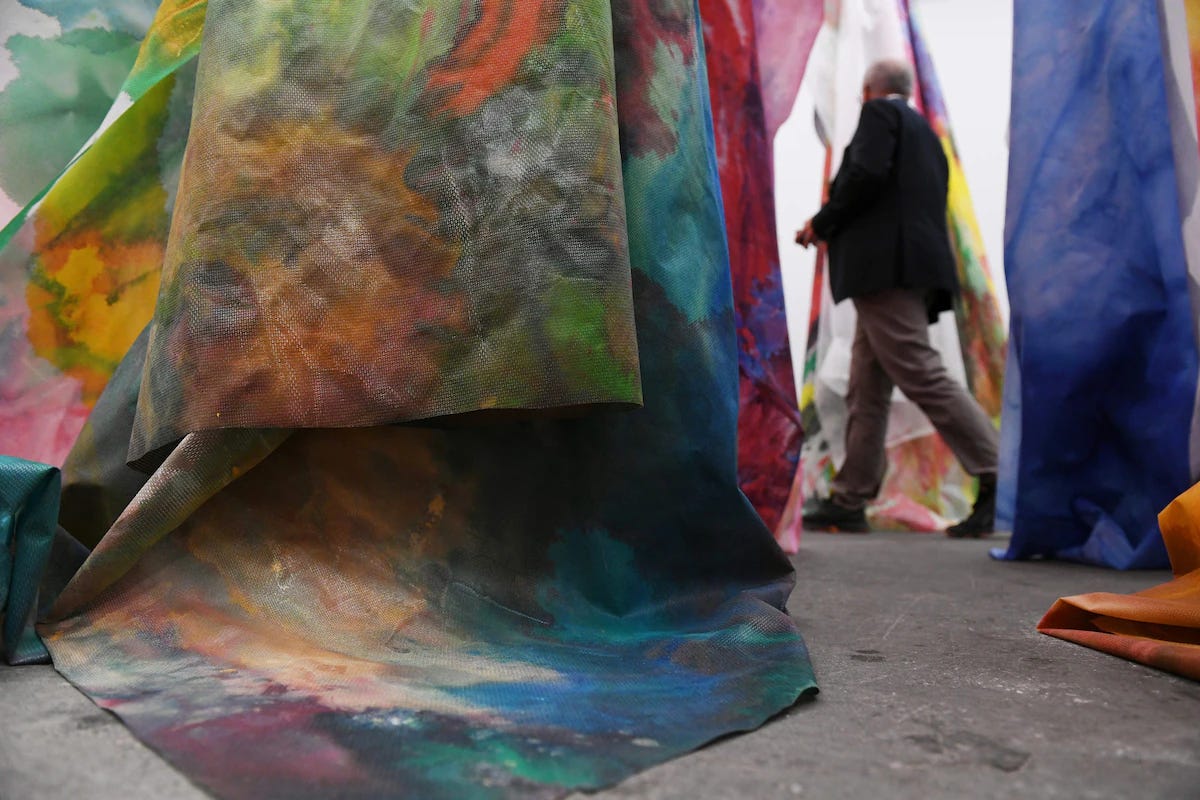
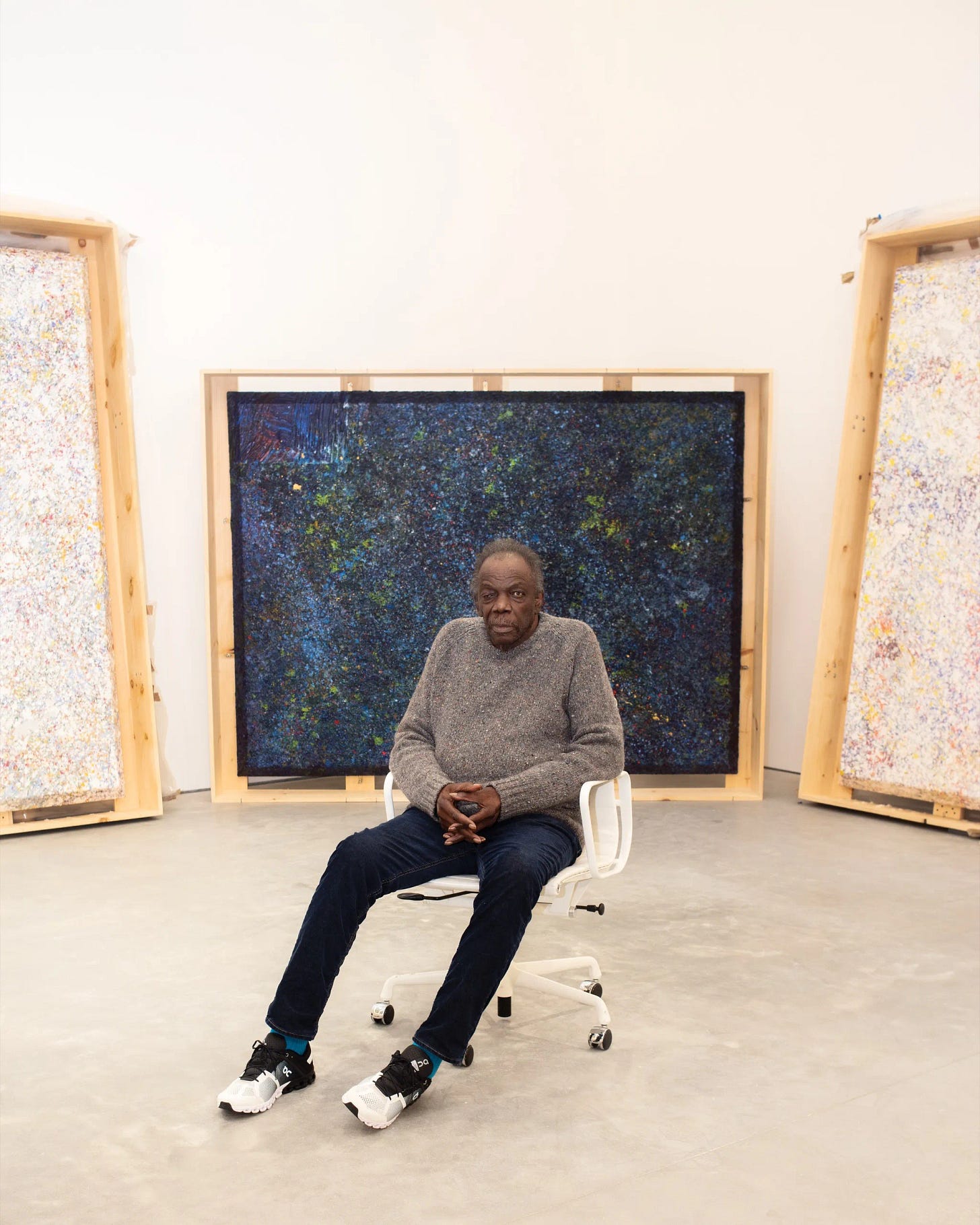
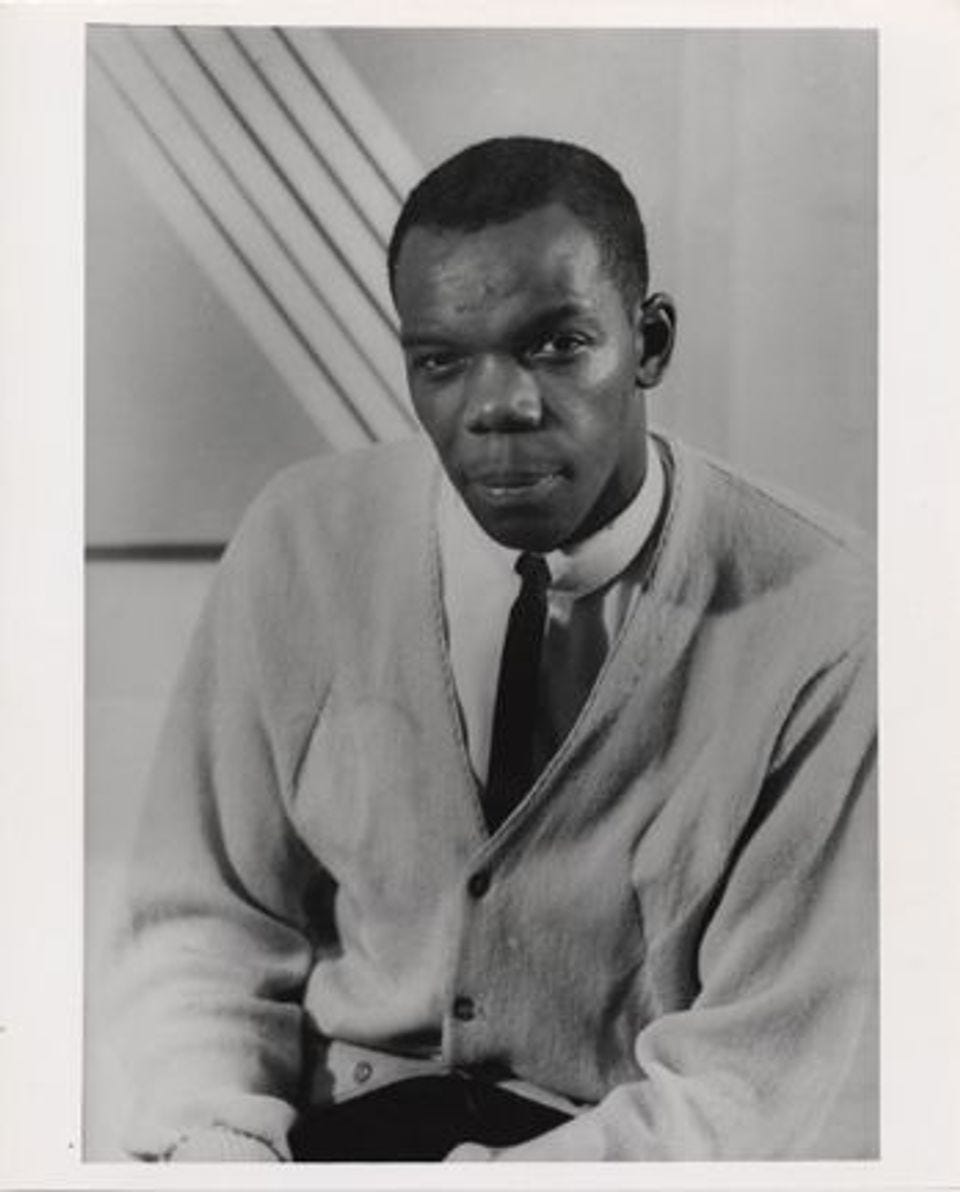
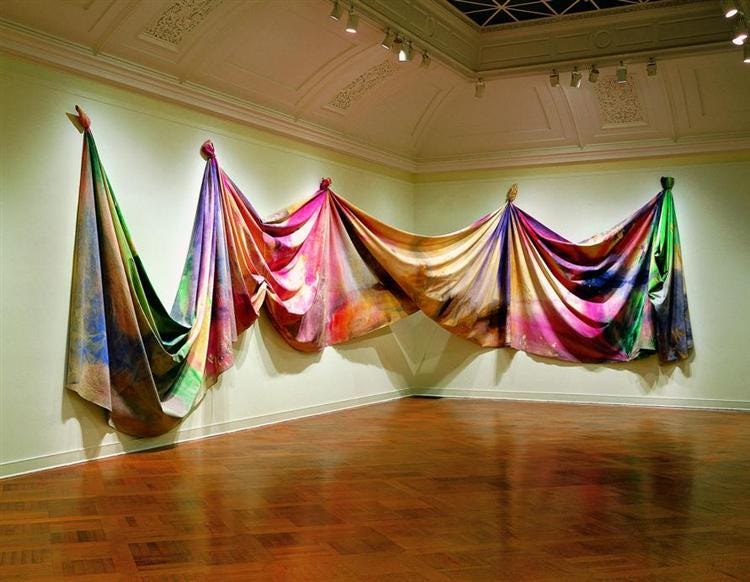
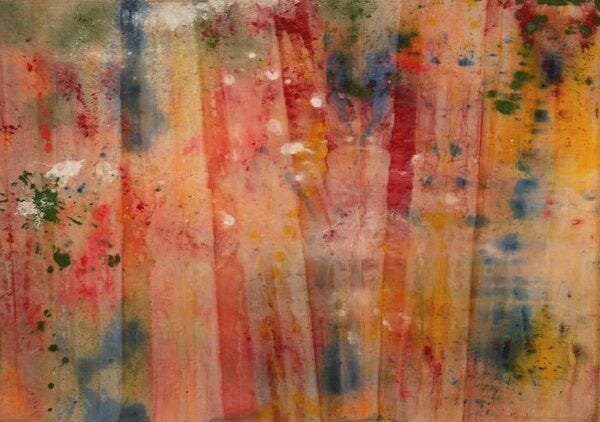
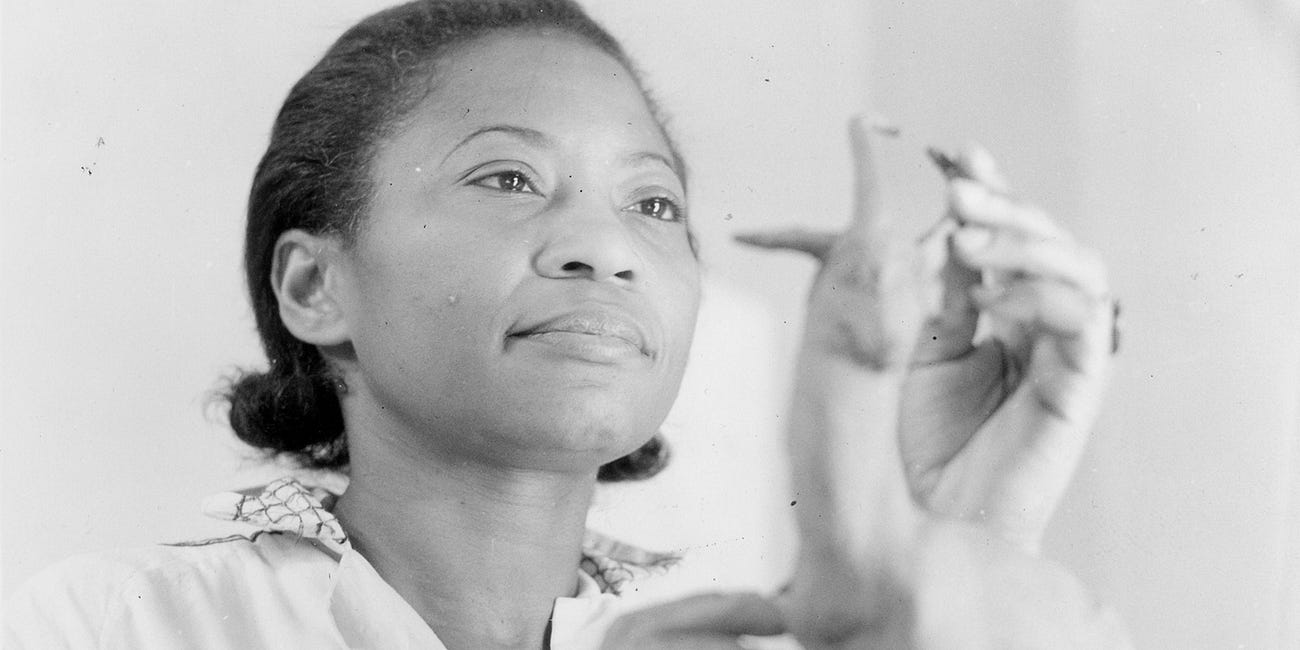
Thank you for sharing him with us. Beautiful art and much wisdom in his words.
I'm deeply captivated!